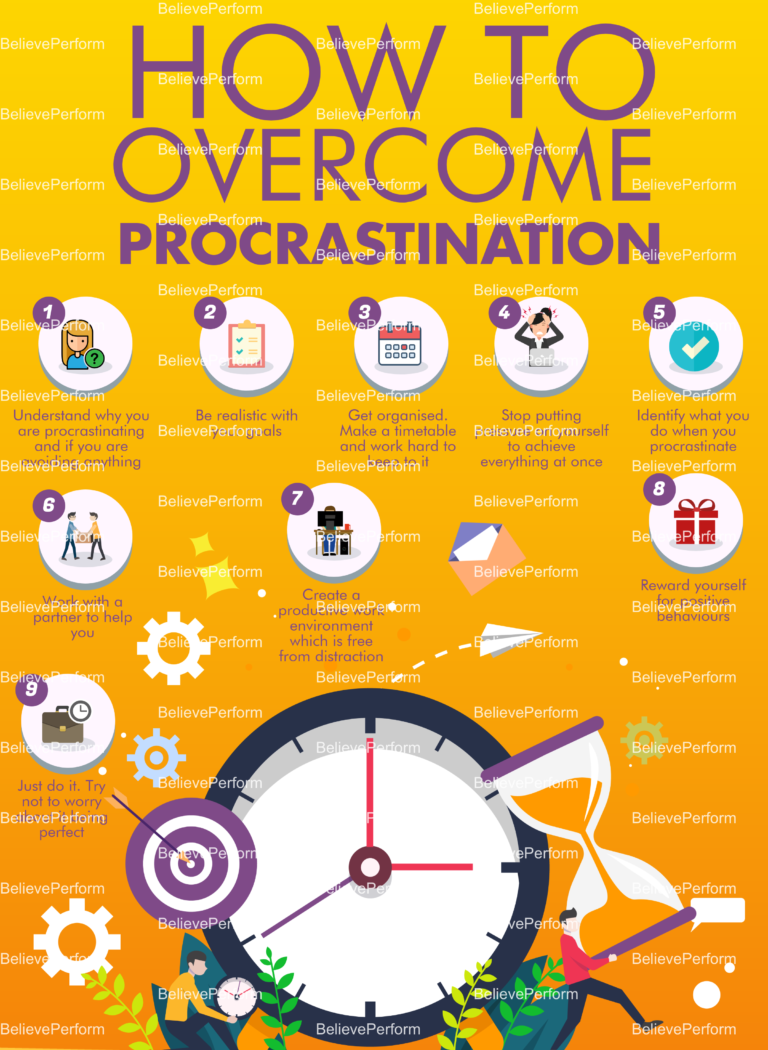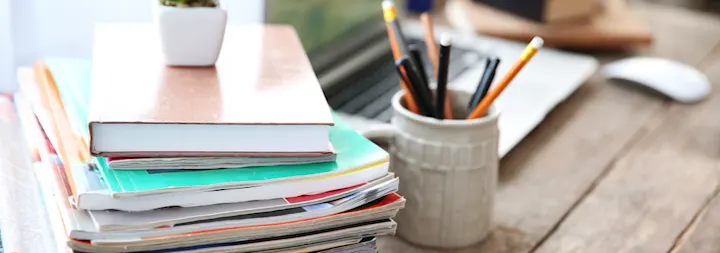Top Study Techniques for Visual Learners
Visual learners thrive when they can see and visualize information. They often retain information better through charts, diagrams, and other visual aids. Understanding this learning style is crucial for both students and educators in optimizing study techniques. In this article, we will explore effective study methods tailored specifically for visual learners, ensuring a comprehensive approach to enhance learning and retentiz
1. Understanding Visual Learning
Visual learning is one of the three primary learning styles, alongside auditory and kinesthetic learning. Visual learners prefer to use images, pictures, diagrams, and other visual elements to process information. By leveraging visual stimuli, they can improve comprehension and recall, making it crucial for educational strategies to cater to these preferences.
Importance of Visual Learning
Recognizing the significance of visual learning can help students maximize their study effectiveness. Research shows that incorporating visual elements can improve retention rates by up to 65%. This statistic underscores the necessity of adapting study techniques to suit visual learners’ needs.
2. Key Characteristics of Visual Learners
Visual learners often exhibit specific traits that influence their study habits:
- Strong Spatial Awareness: They can easily visualize spatial relationships and navigate through their environment.
- Preference for Visual Aids: Charts, graphs, and images resonate more with them than text-heavy information.
- Creative Expression: Many visual learners excel in artistic pursuits and prefer expressing their thoughts visually.
- Difficulties with Verbal Instructions: They may struggle to follow along with purely auditory instructions or lectures.
Understanding these characteristics can help tailor study strategies that align with their strengths.
3. Effective Study Techniques for Visual Learners
3.1 Mind Mapping
Mind mapping is a powerful visual technique that helps in organizing information hierarchically. By creating a mind map, visual learners can visually represent relationships between concepts.
How to Create a Mind Map:
- Start with a Central Idea: Write the main topic in the center of a page.
- Branch Out: Draw branches from the central idea to represent subtopics.
- Use Keywords: Write keywords or short phrases on each branch.
- Incorporate Images: Add images or symbols to make connections clearer.
- Color Coding: Use different colors for different branches to enhance memory retention.
3.2 Color-Coding
Color-coding is an effective technique for organizing notes and materials. By using different colors for different categories of information, visual learners can quickly identify and recall relevant data.
Tips for Effective Color-Coding:
- Assign Colors to Themes: Use specific colors for different subjects or themes.
- Highlight Key Points: Highlight important information in a distinctive color.
- Create a Legend: Develop a legend to remember what each color represents.
3.3 Diagrams and Infographics
Diagrams and infographics present complex information in an easily digestible format. Visual learners can benefit greatly from visual representations of data and concepts.
Creating Effective Diagrams:
- Use Flowcharts: Flowcharts can simplify processes and show relationships between ideas.
- Develop Infographics: Combine text and visuals to convey information succinctly.
- Label Clearly: Ensure all parts of the diagram are labeled for clarity.
3.4 Flashcards
Flashcards are a classic study tool, especially effective for visual learners. They can use images or symbols on one side and text on the other to reinforce memory.
How to Maximize Flashcard Use:
- Incorporate Visuals: Add relevant images or symbols alongside text to enhance recall.
- Use Digital Flashcards: Applications like Anki or Quizlet allow for easy customization and access.
- Regular Review: Schedule regular review sessions to reinforce learning.
3.5 Videos and Multimedia
Visual learners can greatly benefit from engaging video content that explains concepts through animation, demonstrations, or visual storytelling.
Finding Quality Resources:
- Educational YouTube Channels: Many channels offer in-depth explanations of various subjects.
- Documentaries: Use documentaries that relate to the study topic for a more comprehensive understanding.
- Interactive Multimedia: Websites and apps that offer interactive learning experiences can enhance engagement.
3.6 Charts and Graphs
Charts and graphs visually represent data and trends, making them easier to understand for visual learners.
Creating Effective Charts:
- Use Clear Labels: Ensure that all axes and data points are clearly labeled.
- Choose the Right Type: Select the appropriate chart type (bar, line, pie) based on the data being presented.
- Color Variations: Use color variations to distinguish between different data sets.
3.7 Visual Note-Taking
Visual note-taking combines traditional note-taking with visual elements, enhancing understanding and retention.
Strategies for Visual Note-Taking:
- Doodles and Sketches: Incorporate doodles or sketches to represent concepts visually.
- Use Symbols: Develop a system of symbols to represent common ideas or themes.
- Highlight and Underline: Use colors to highlight and underline key information.
4. Incorporating Technology
Technology offers a range of tools that cater to visual learners. Leveraging these resources can significantly enhance study effectiveness.
Recommended Tools and Apps
- Mind Mapping Software: Tools like XMind or MindMeister allow for digital mind mapping.
- Note-Taking Apps: Apps like Notability or GoodNotes let users combine handwriting and images.
- Flashcard Apps: Digital flashcard platforms like Anki and Quizlet help create interactive learning materials.
5. Creating an Effective Study Environment
A conducive study environment can significantly impact learning outcomes. Visual learners benefit from spaces that stimulate their visual senses.
Tips for an Ideal Study Space
- Organized and Clutter-Free: Keep the study area organized to minimize distractions.
- Incorporate Visuals: Use posters, charts, and visual aids related to the study material.
- Adequate Lighting: Ensure good lighting to avoid straining the eyes while studying.
6. Conclusion
Understanding and leveraging the unique strengths of visual learners can greatly enhance their educational experience. By employing techniques such as mind mapping, color-coding, and multimedia resources, visual learners can improve their comprehension and retention of information. Additionally, incorporating technology and creating an effective study environment further supports their learning journey. With these strategies in hand, visual learners can approach their studies with confidence and success.





